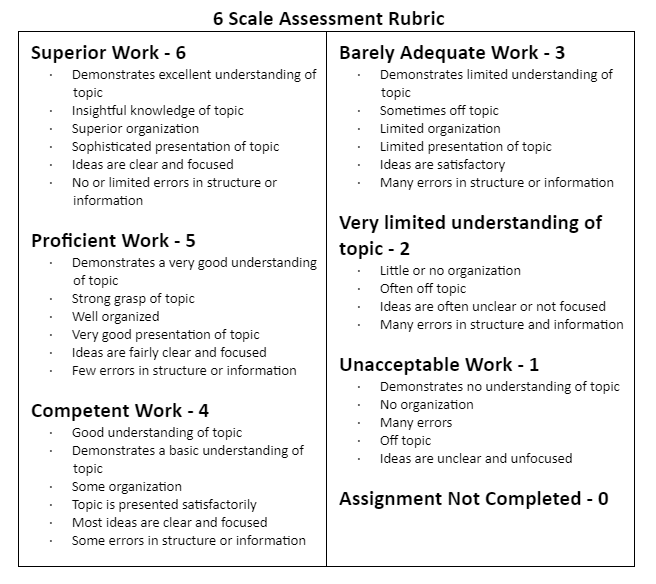Chiac Dialect
Emma Millward
The Chiac dialect is a regional variety of French most commonly spoken in New Brunswick. Chiac is most common in cities such as Moncton, Shediac, Dieppe and Memramcook, where it is many people's native tongue. However, outside of Canada, no other prominent groups speak Chiac.
Chiac is a distinct variety of French that blends Acadian French, traditional French and English. Many people consider Chiac a distinct dialect, but others consider it an accent on traditional French spoken in New Brunswick. Chiac has three essential similarities to French: vocabulary, grammatical structure and cultural influence. Like French, Chiac shares many of the same expressions, words, sounds, sentence structures, verb conjugation rules, noun-adjective agreements and homages to Acadian culture.
Conversely, Chiac differs from French for the following reasons: use and acceptance of English words, pronunciation, grammar and informality. Unlike French, Chiac often incorporates English words into phrases and conjugates them using adapted grammar and phonological rules. For example, to say, "last night I went to the mall with my friends to buy some stuff," in Chiac, it would be written as "Hier soir, j'ai gone au mall avec mes friends pour acheter du stuff." In French, it would be written as "Hier soir, je suis allé(e) au centre commercial avec mes amis pour acheter des affaires." As shown above, Chiac incorporates many English words cognates that are not used in traditional French. Furthermore, Chiac is grammatically less formal than French and conjugates some words with English vocabulary.
An interesting fact about Chiac is that it is typically only used in informal settings. As a result, formal settings such as education, work or media take place in traditional French. Using both traditional French and Chiac to communicate creates a vast number of bilingual speakers in areas such as New Brunswick. In my opinion, learning Chiac is extremely beneficial because speakers are well versed in two languages.

